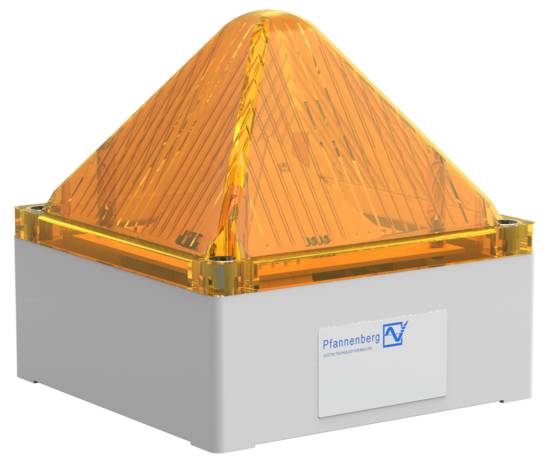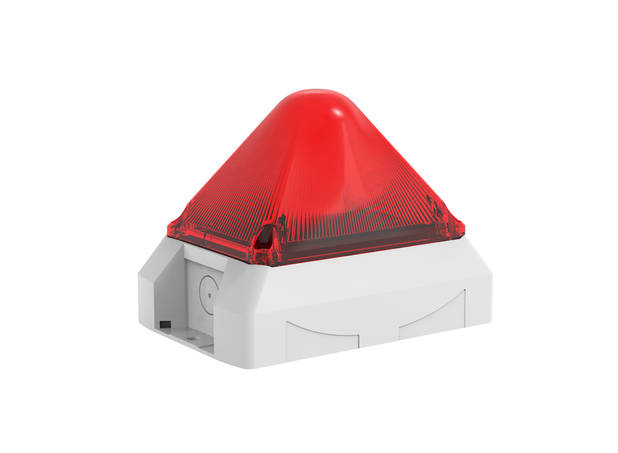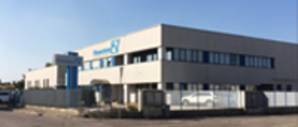Xenon or LED: the application decides the technology
Two different technologies are usually considered in the choice of lights for a signaling application: LED and XENON. Even though the share of LED technology in the market has grown recently, both technologies still have their advantages and thus their place. The question is not "which is better" but "which is better for which applications and when".
The application must therefore always be taken into account when choosing between the technologies. LEDs are flexible and have a long lifespan; XENON technology on the other hand has a high alerting effect (perceptibility) and homogeneous distribution of light propagation.
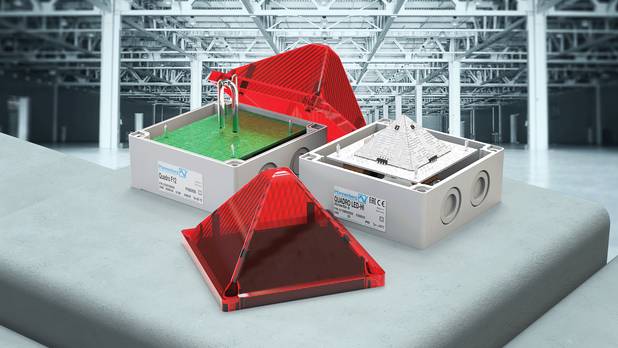
LED: Up to 50,000 hours of operation
LED lights offer many advantages for signaling technology. Brightness, color and sequencing can be combined in every conceivable way to suit the application in question (e.g. continuous, flashing or flash mode). Compared to XENON technology, therefore, LEDs make a considerably higher number of scenarios available than just flash sequences. LED lights are also very long-lasting, operating for potentially 50,000 hours (with an upward trend). Considering the energy efficiency of both technologies in terms of signal range to power consumption, this is about the same level.
Service life depends on the application
The service life of signaling lights is always seen as an important criterion. For LED technology this depends on a number of factors, with the ambient temperature playing a particularly important part. As semi-conductors, LEDs have many temperature-dependent parameters such as forward voltage, wave length and luminous efficacy. Accordingly, at high ambient temperatures (> 60 degrees Celsius), the LED suffers and there is a greatly reduced lifespan. The rule of thumb here is that a temperature exceeding the permissible maximum by 10 K halves the service life. However, sub-zero temperatures, such as -50°C which can be experienced in the Arctic, also bring LEDs up against their limits as the lights are subjected to high mechanical stresses due to the heat they generate (different expansion coefficients). If the LED is operated in its specific ambient conditions it seems that LED technology is ahead in the lifespan stakes. However, when one assumes that alerting devices are only needed and activated in dangerous situations, lifespan and absolute power consumption is not a crucial criterion. Pfannenberg's XENON flashing lights have a life of at least 8 million flashes. This is more than enough to provide alerts for hazardous situations over a period of at least 20 years.
XENON: Highest perceptibility for highest attention
XENON flashing lights have an extremely short but very intense pulse with a peak value exceeding 100,000 cd. The light pulse of a comparable LED flashing light is longer, but only reaches a peak of around 400 cd. Nevertheless both technologies produce almost the same effective light intensity. One advantage of XENON lights is their radiation characteristic. With LED technology, only a semblance of omnidirectional light emission can be achieved by the way the LEDs are arranged in the housing. However, it is an intrinsic feature of XENON spotlights. The light emitted is identical in every direction and therefore there are no "optical gaps" in the area in which the signal should be seen.
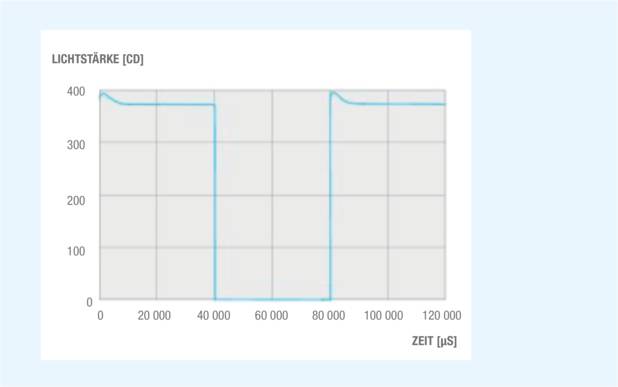
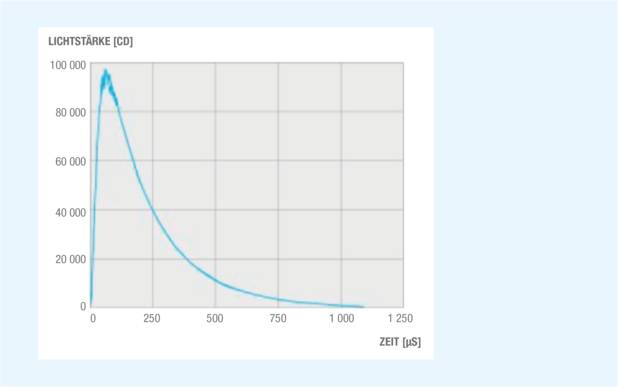
It is clear that it is not possible to differentiate completely between the two technologies for certain types of application. Low energy consumption and superior energy balance are two characteristics often associated with LED technology; however, the application should always be taken into account. LED is the dominant technology where smaller lights are required for signaling for longer durations in smaller spaces. XENON has advantages for signaling emergencies in larger spaces.
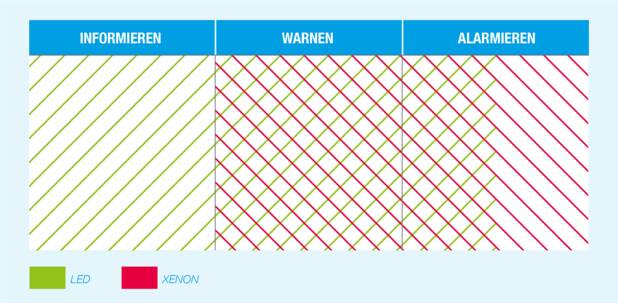
Planning certainty with a visible coverage volume
To find the right solution for a real application, it is important to describe the application very accurately and to be aware of all the conditions, prerequisites and requirements associated with it. All this can be done with Pfannenberg's 3D Coverage planning method. This determines the actual coverage volume of audible signaling devices in relation to the height, width and length of the space throughout which the signal is to be heard. With 3D Coverage integrated in Pfannenberg’s free "Pfannenberg Sizing Software" (PSS) online design tool, it is possible to design the optimum signaling solution. The software calculates not only individual values but also provides an informed recommendation for suitable signaling devices and their positioning.
KNOW-HOW: How to find the right technology for informing, warning or alerting.
| Description | Langue | Type | Dimensions | Téléchargement |
|---|---|---|---|---|
Technical Report: Xenon or LED |
|
560 KB | Téléchargement |
